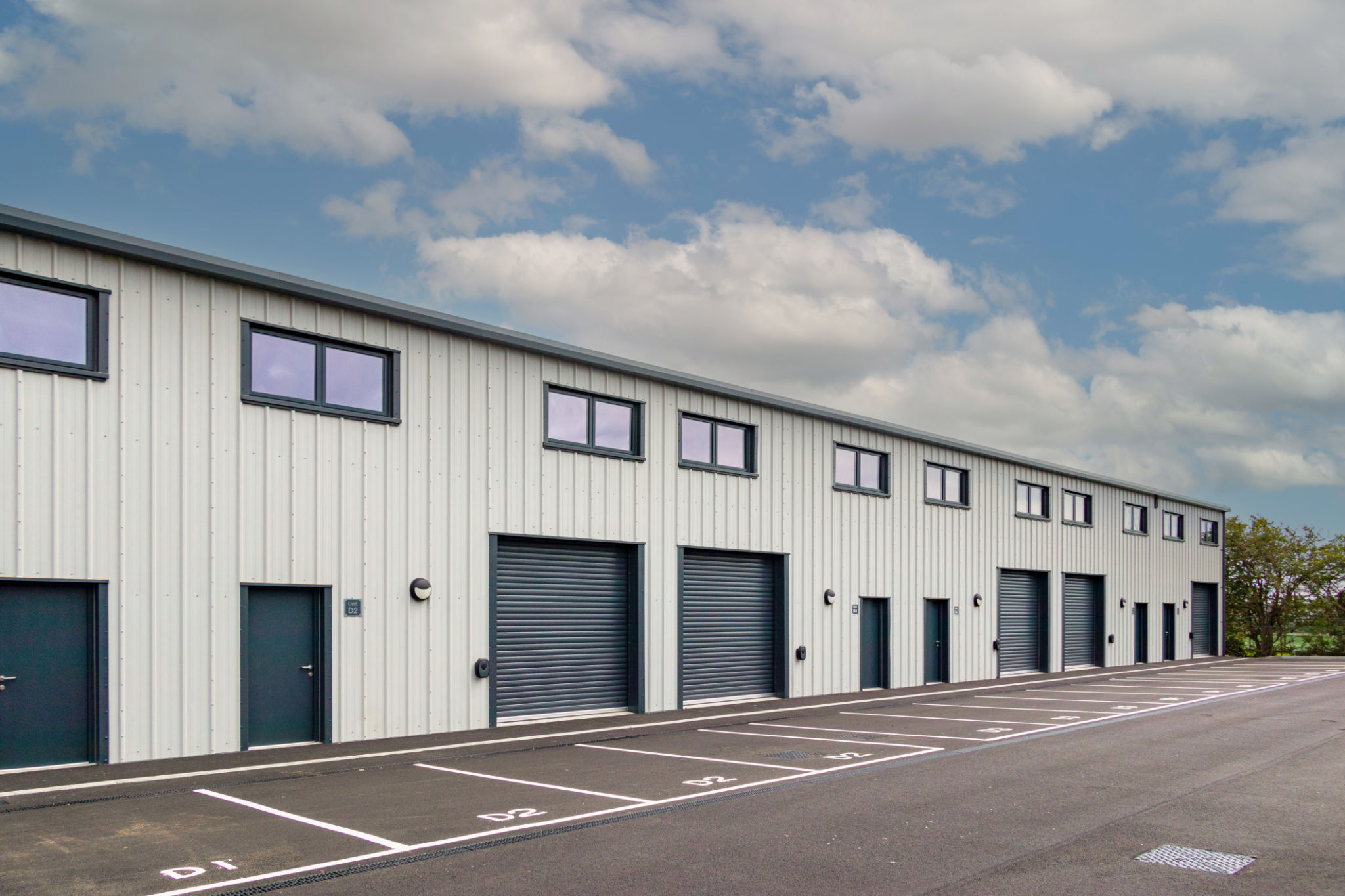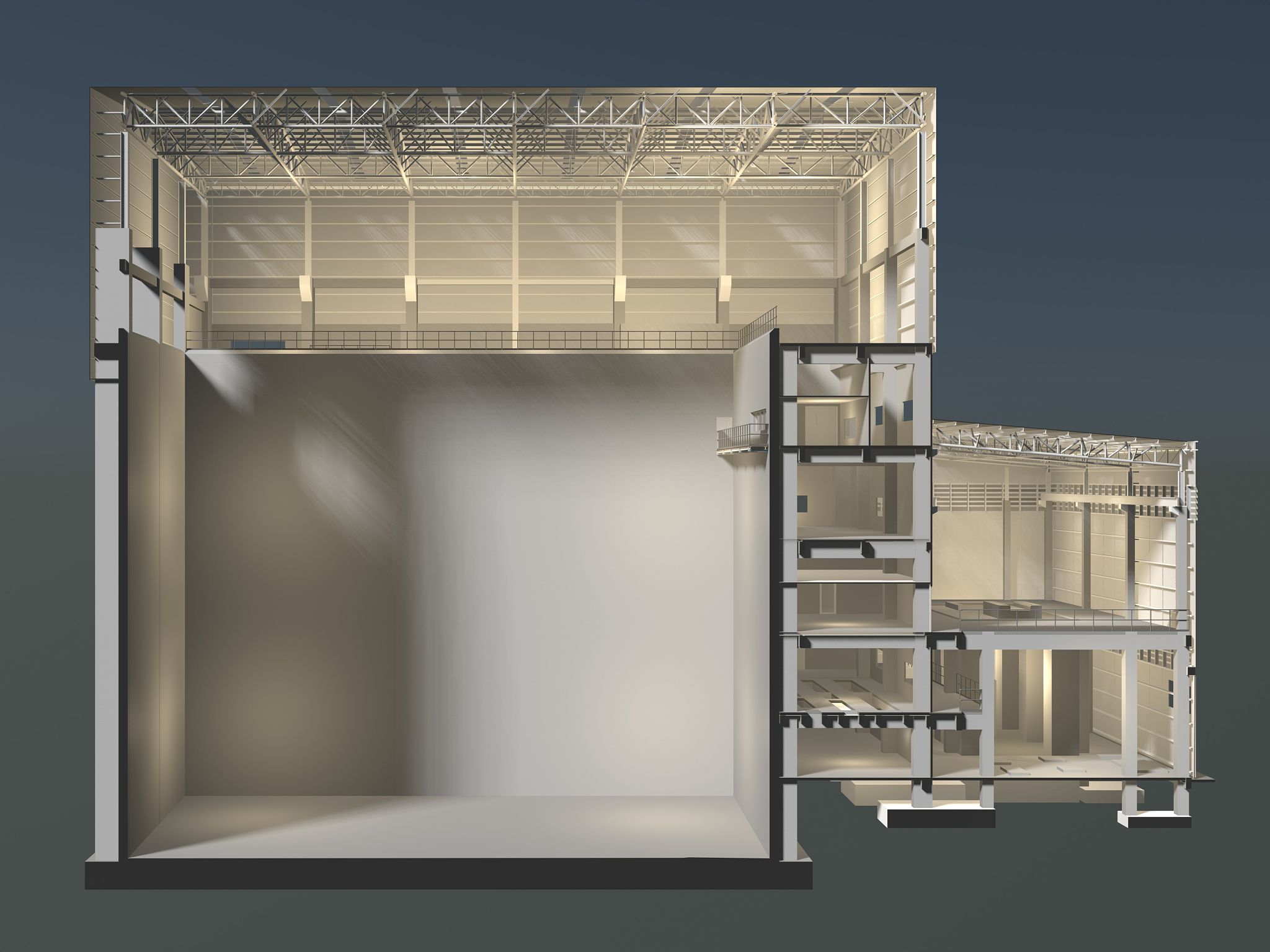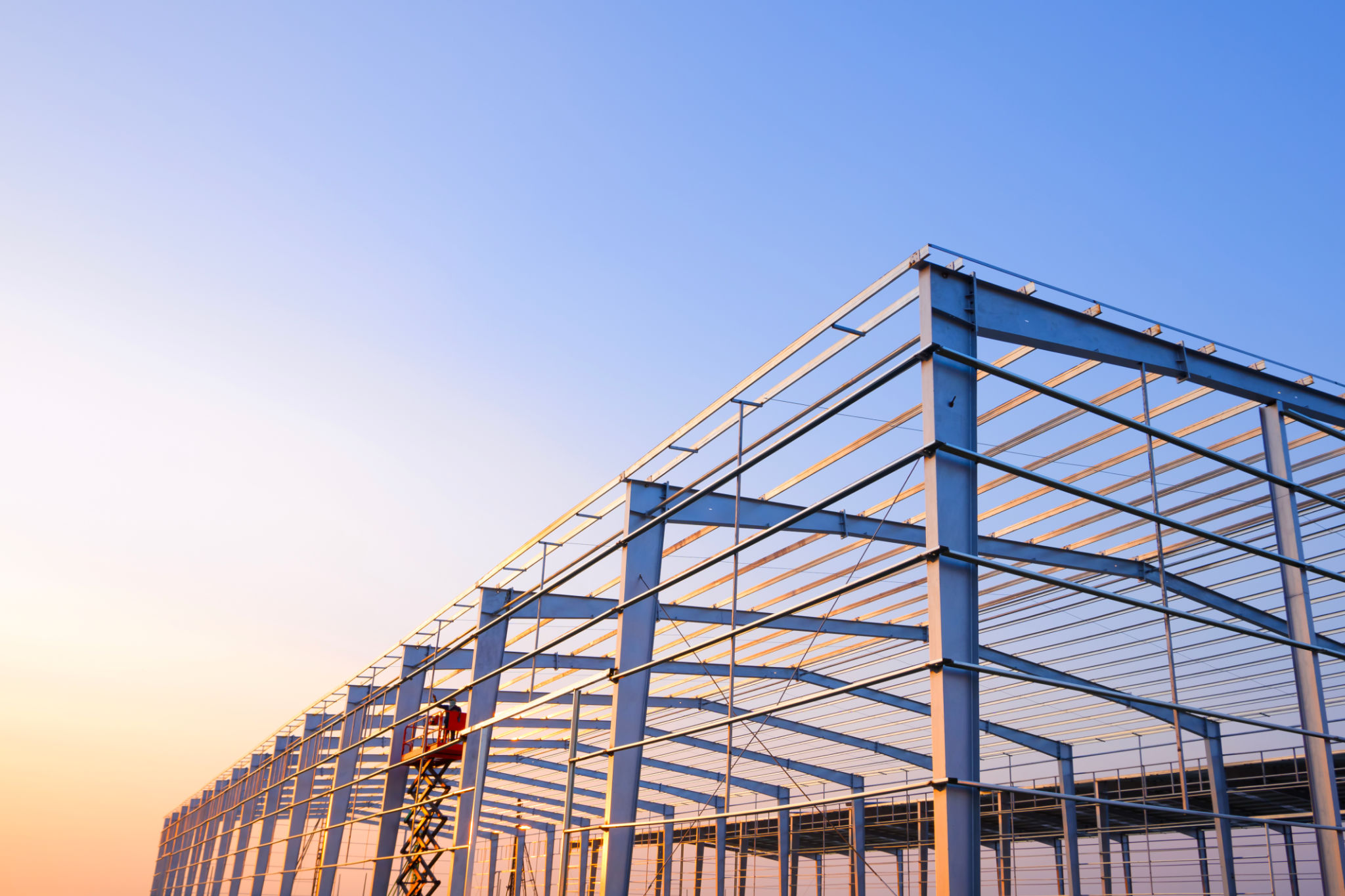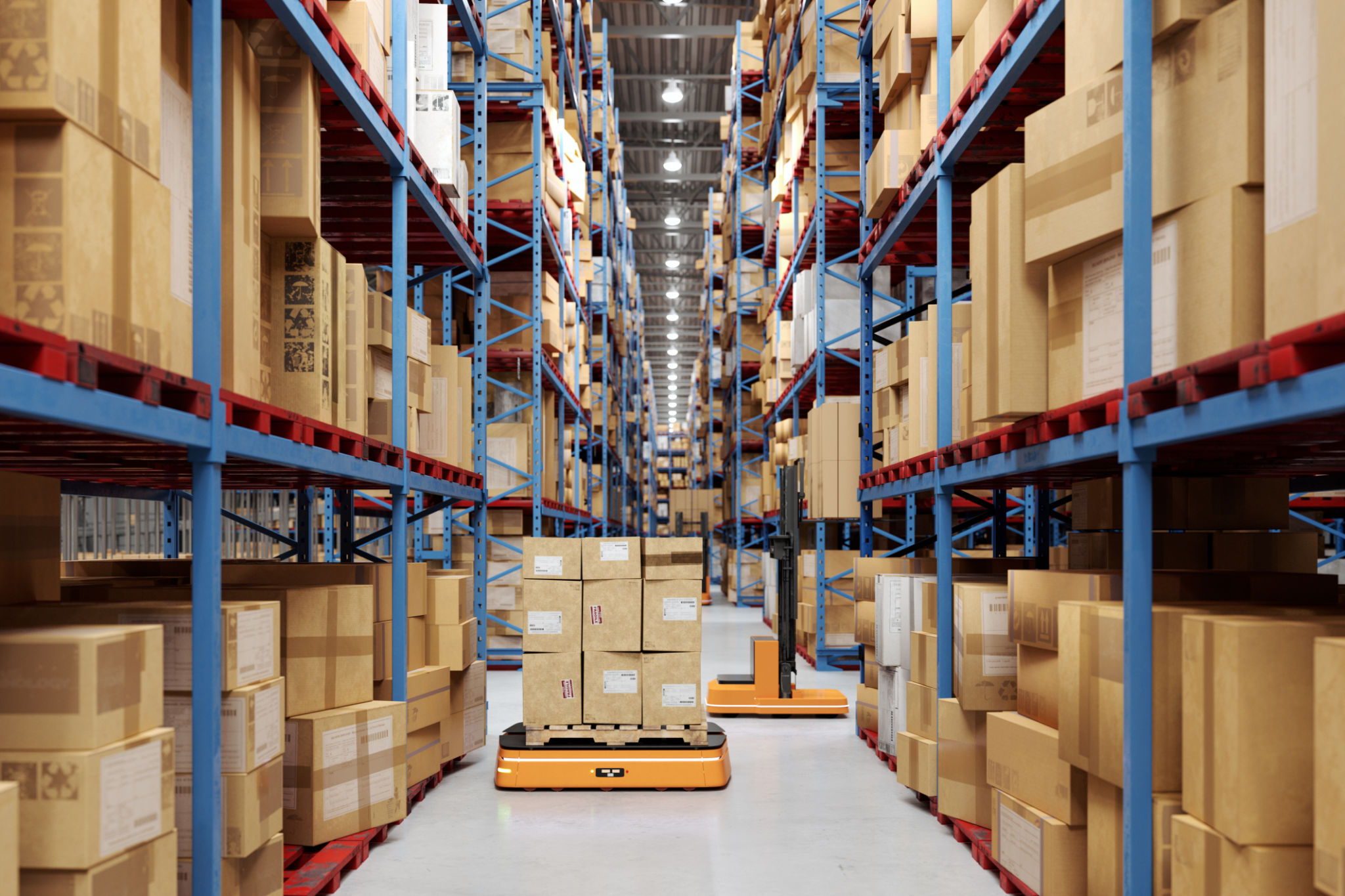Comprehensive Guide to Industrial Warehouse Construction in Australia
Understanding the Basics of Industrial Warehouse Construction
Industrial warehouse construction is a specialized field that requires a combination of strategic planning, robust design, and adherence to specific regulations. In Australia, this undertaking involves a comprehensive understanding of the local climate, logistics, and the latest technological advancements in construction. A well-constructed warehouse not only facilitates efficient storage and distribution but also enhances operational productivity.

The Importance of Location Selection
Choosing the right location for your industrial warehouse is crucial. The site should provide easy access to major transport routes, such as highways, ports, and rail networks. Additionally, proximity to suppliers and customers can significantly reduce transportation costs and improve supply chain efficiency.
It's also important to consider zoning laws and environmental regulations in the area. Compliance with these rules is essential to avoid legal complications that can delay construction and increase costs.
Design Considerations and Planning
An effective warehouse design optimizes space utilization while maintaining flexibility for future expansion. Key aspects include the layout of storage facilities, loading docks, office spaces, and employee amenities. The use of modern design software can help visualize the space and make informed decisions.

Incorporating sustainability into the design is another important consideration. This can involve using energy-efficient materials, maximizing natural lighting, and implementing systems for water conservation. These measures not only reduce the environmental impact but also lower operational costs in the long run.
Construction Materials and Techniques
The choice of materials plays a significant role in the durability and functionality of an industrial warehouse. Steel is commonly used due to its strength and flexibility. Concrete is another popular choice for its stability and resistance to harsh weather conditions.
Modern construction techniques, such as prefabrication and modular construction, are gaining popularity due to their cost-effectiveness and time efficiency. These methods allow for faster project completion without compromising on quality.

Safety and Compliance Standards
Ensuring safety during construction is paramount. This involves adhering to Australian safety standards, which cover everything from fire safety systems to structural integrity. Regular inspections and risk assessments are necessary throughout the construction process to mitigate potential hazards.
Compliance with building codes and regulations is also crucial. These standards ensure that the warehouse can withstand environmental challenges such as extreme temperatures, heavy rainfall, and seismic activity.
The Role of Technology in Modern Warehouses
Technology plays a pivotal role in the construction and operation of modern warehouses. Automated systems for inventory management, robotics for material handling, and advanced security measures are becoming standard features in new constructions.

Integrating smart technology can significantly enhance efficiency and reduce operational costs. For instance, IoT devices can monitor environmental conditions within the warehouse to ensure optimal storage conditions for various products.
Project Management and Timeline
Effective project management is essential for successful warehouse construction. This involves coordinating various stakeholders, including architects, engineers, contractors, and suppliers. A well-defined timeline with clear milestones ensures that each phase of construction progresses smoothly.
Regular meetings and updates are vital to address any issues promptly and keep the project on track. Utilizing project management software can aid in tracking progress and managing resources efficiently.
Conclusion
Industrial warehouse construction in Australia is a complex but rewarding endeavor. By understanding the key components of location selection, design planning, material choice, safety standards, and technological integration, businesses can create state-of-the-art facilities that meet their operational needs.

With careful planning and execution, these warehouses can become valuable assets that drive efficiency and growth for years to come.
